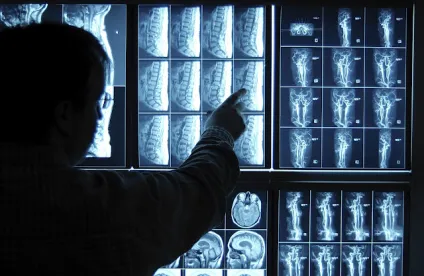In the case of Brown v. Trinidad, 2015 Pa. Super. 46 (2015), the Superior Court of Pennsylvania affirmed an $85,000 jury verdict in favor of a Plaintiff who had elected the limited tort option. In a March 9, 2015 opinion authored by Judge Lazarus, the court stated that the Philadelphia County jury’s determination that Plaintiff, Andrew Brown, sustained a serious impairment of bodily function as the result of a November 3, 2011 accident was proper.
At trial, Plaintiff presented testimony from medical expert Dr. Geoffrey Temple, who opined that Brown sustained a disc herniation at L5-S1 due to the subject accident. This injury was confirmed by MRI. Dr. Temple further testified that Brown’s injuries will have permanent effects on his life and he may require future medical treatment, including injections and/or surgery.
The jury was also presented with evidence that Brown began treatment with a chiropractor approximately three weeks after the accident when his pain became more severe. This treatment lasted for approximately five months, at which time Brown was informed that he had reached maximum medical improvement. Brown testified that he is no longer able to play with his daughter and that he has difficulty running and jumping due to his injuries.
Defendant presented the testimony of Dr. Andrew Shaer, a board certified radiologist. Dr. Shaer reviewed Brown’s MRI and agreed with Dr. Temple’s opinion that Brown had a disc herniation. However, Dr. Schaer opined that this injury was the result of degenerative disc disease that predated the subject accident.
After hearing this evidence, the jury determined that Brown had sustained a serious impairment of bodily function and awarded $85,000 in his favor. In affirming the verdict, Judge Lazarus determined that the jury clearly accepted the testimony of Dr. Temple over the testimony of Dr. Shaer and they were well within their right to do this. As such, the verdict was not against the weight of the evidence.
This verdict and subsequent affirmation serve to confirm the fact that the limited tort option does not create the insurmountable barrier to recovery that some people believe. To show a significant impairment of bodily function, it is not necessary to prove that a plaintiff has suffered a catastrophic injury, or even an injury that is permanent in nature.
In Brown, the plaintiff did not begin to treat for his injuries until almost three weeks after the accident, at which point he received five months of chiropractic treatment and an MRI. Brown did not undergo any injections or surgery. He did, however, offer detailed testimony regarding various limitations and the effects that his injuries have had on his daily activities. I firmly believe that credible testimony of this nature is the key to overcoming the limited tort hurdle.



 />i
/>i

